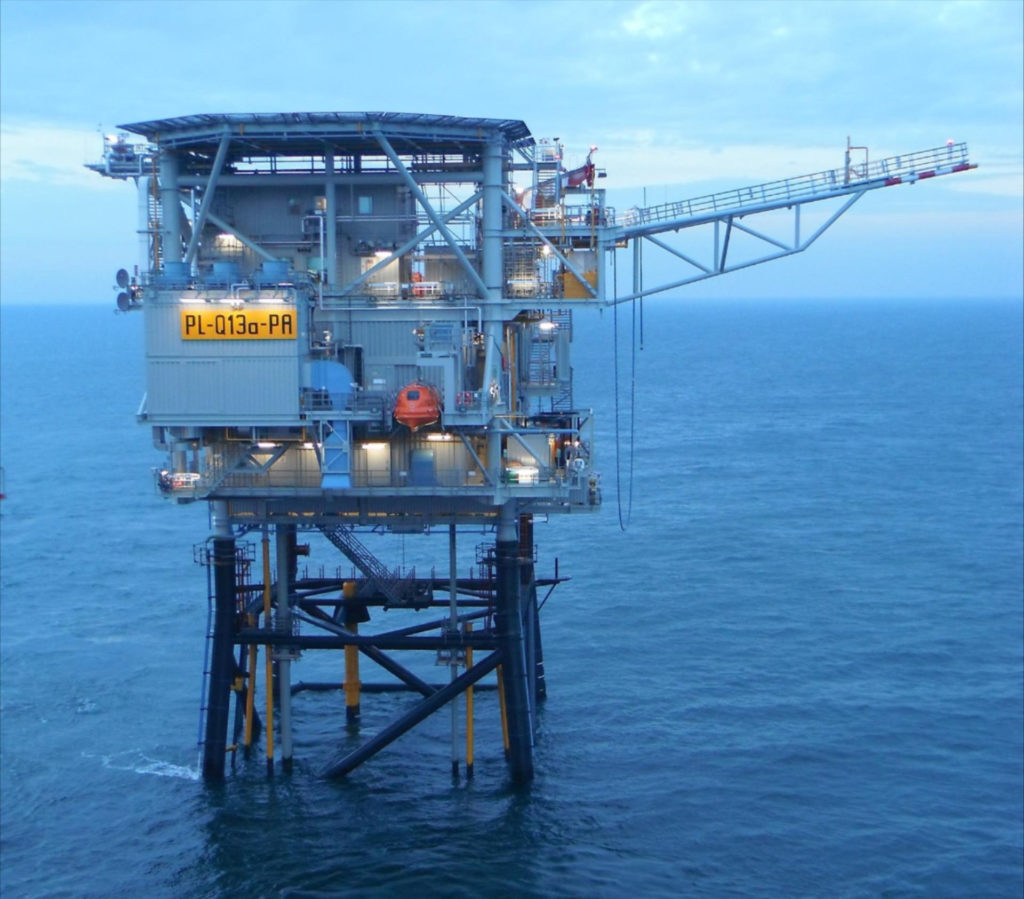Under the name H2opZee, both partners want to produce green hydrogen with offshore wind. This hydrogen is then transported to land via an (existing) pipeline, with Den Helder being one of the logical landing locations.
By 2030, the consortium aims to build 300 to 500 megawatts of electrolyzer capacity in the North Sea. However, the pipeline available for transporting green hydrogen has a capacity of 10-12 gigawatts (GW) and is therefore suitable for scaling up green hydrogen production to gigawatt scale.
The project is an initiative of TKI Wind op Zee. H2opZee consists of two phases. In the first phase, a feasibility study is carried out and an accessible knowledge platform is set up. Companies can join, almost forty organisations have already signed a support letter. In the second phase, the project will actually be realised.
The special thing about the project is not only that the hydrogen will be produced at sea, but also that it will then be transported to land via an existing pipeline. In the Dutch part of the North Sea, there is a network of existing gas infrastructure that runs from Denmark to Den Helder and from the English border to Uithuizen in Groningen. The offshore demonstration project is the first of its kind on this scale worldwide. According to Neptune and RWE, the knowledge and expertise gained here will strengthen the competitive position of Dutch industry, help attract the wind and green hydrogen production value chain to the Netherlands and provide technology and knowledge that can be exported worldwide.

Neptune is also involved in the PosHYdon pilot project with its Q13a-A platform. The PosHYdon installation has a capacity of 1.25 megawatts and can produce five hundred kilos of green hydrogen daily. This is mixed with locally produced gas and is then transported to the coast via an existing gas pipeline. “With the PosHYdon pilot, we are one of the frontrunners in this area of offshore energy system integration and reuse. The lessons learned from this project are applicable to H2opZee. The faster we can scale up green hydrogen at sea, the faster industries such as chemistry and steel production can become more sustainable. With H2opZee, the Netherlands will become a global leader in this area.”